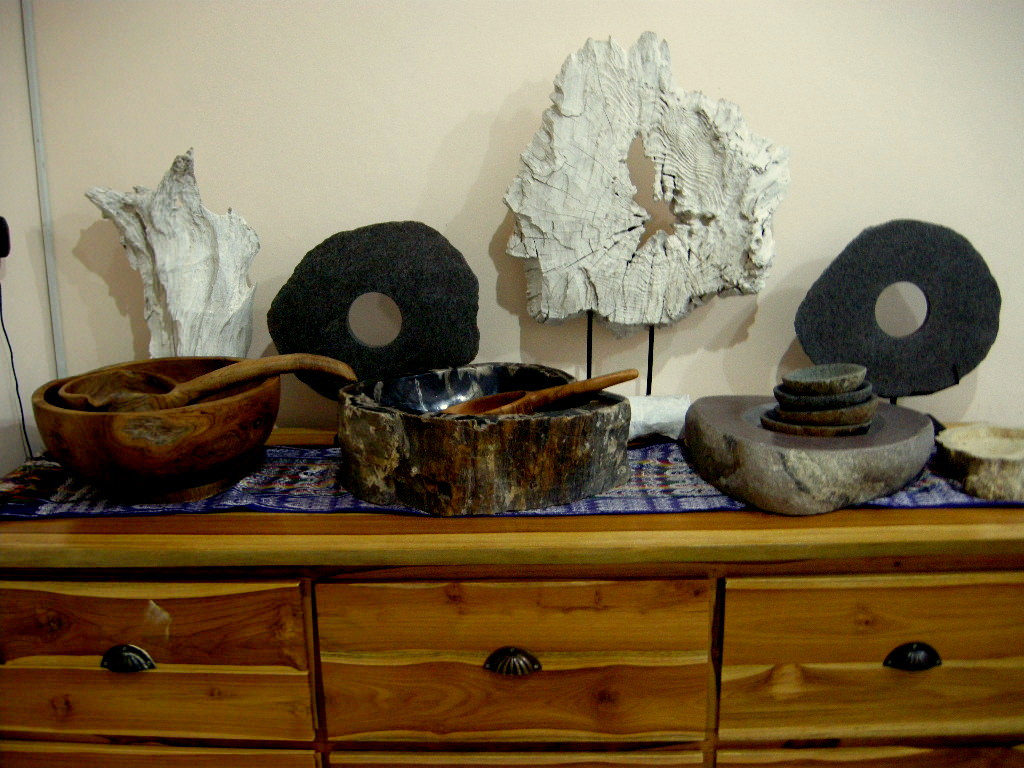Investing some time and effort to decorate your home’s rooms carefully and thoughtfully can make a very big difference in the way that you experience your living space. This is especially important when it comes to smaller rooms: clever design and decoration can turn a dour, cramped space into a very open and practical one. Follow these seven tips to turn a small, unsatisfactory room into a valuable part of your home.

1. Use smart furniture
The functionality of a small room can be dramatically extended when you make use of pieces of furniture that are cleverly designed to serve multiple purposes. A classic example is a bed with storage drawers, which instantly removes the need for additional shelving in the room, leaving you with more space. Many rooms are also suited for fold-up beds: if you only need your small room as an occasional sleeping space, then furnish it with a fold-up bed and suitable couch and lamp, creating a roomy study area for quiet reading and relaxation.
2. Create the feeling of space with mirrors
An old but highly effective trick is to create the feeling of space in a room by installing mirrors. A popular option for small bedrooms is to change wardrobe doors to mirrored ones, which instantly gives a room an airier feel. If you decide to do this, then make sure that the rest of the room appears clean and tidy, as mirrors can magnify a cluttered look. Mirrors are ideal for guest rooms because they eliminate a cramped atmosphere for your guests while also not intruding on your daily routine by highlighting clutter.
3. Explore lighter colors
Opting for white and soft color tones has a similar effect to using mirrors. Rooms decorated in lighter colors are immediately more spacious in feel, while darker colors can leave a cozy but confined impression. You don’t need to eliminate colorful tones completely, but balance a dark red or blue with plenty of lighter colors to avoid creating a stuffy feeling in a small room. You could opt to paint one wall with a punchy color, leaving the rest of the room decorated in white or off-white hues.
4. Partition a room with a divider
If you have a compact room that must serve multiple purposes, then consider dividing it with a thin curtain or divider. A thin curtain hung from the ceiling can change a crowded living and dining room into a space that serves two purposes with clarity. Or, you could separate the clutter of the study area in your bedroom from your sleeping area with a waist-high divider, making a compact bedroom feel less crowded when you go to sleep.
5. Install window shutters
Thick curtains or blinds can intrude on the limited space in a room, as they require fixtures and rails to be installed along or near the ceiling. Instead, consider installing flush-fitting café style window shutters to maintain privacy while clearing the ceiling and window frame from cumbersome drape fittings. In some rooms, every inch of extra space makes a difference, so reducing the furnishings that you use to ensure privacy in a small room is key.
6. Fix storage areas close to the ceiling
Shelving is an essential part of any home, and you can save a lot of space by shifting your storage areas closer to the ceiling. Instead of a bookshelf intruding on floor space, think about fixing shelves close to the ceiling around the length of the room. That way, you can store your books and other items while leaving more space for furniture and other items in lower parts of the room.
7. Keep it simple
No matter how many purposes your small room serves, keep your eye on simplicity when you decorate it. Clutter builds over time and needs to be reduced periodically, so when what used to be a reasonably spacious room starts feeling cramped, see what you can do to remove non-essential items. When you are initially planning the room space, opt for as few pieces of furniture as possible while also avoiding bulkier items.
Small to medium-sized rooms can easily come across as cramped if they are inappropriately decorated. Carefully consider where you are placing items in these more limited spaces, and try and find ways to use floor space for dual purposes. With a bit of clever thinking, you can get more utility out of your smaller rooms as well as a more spacious feel inside them.